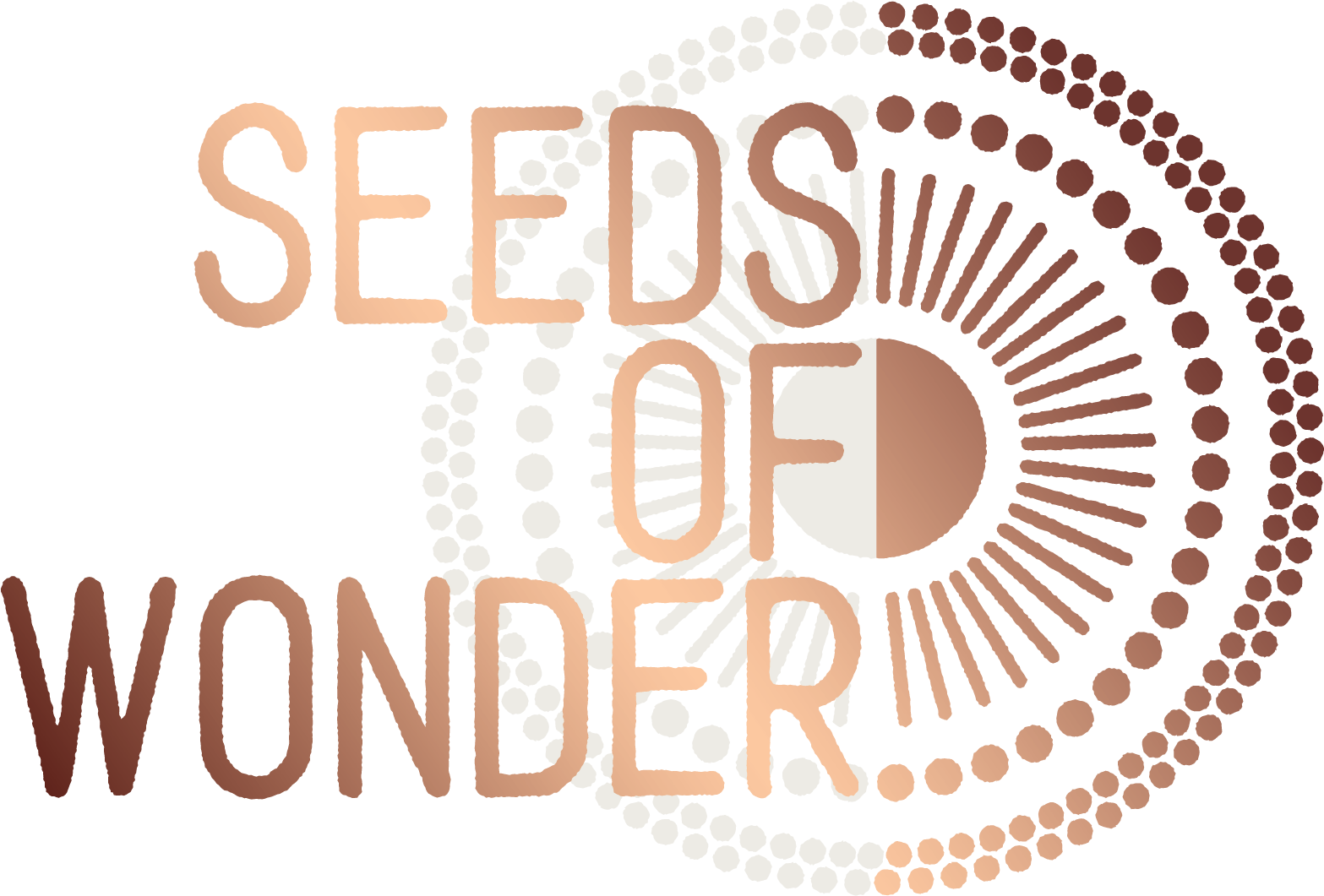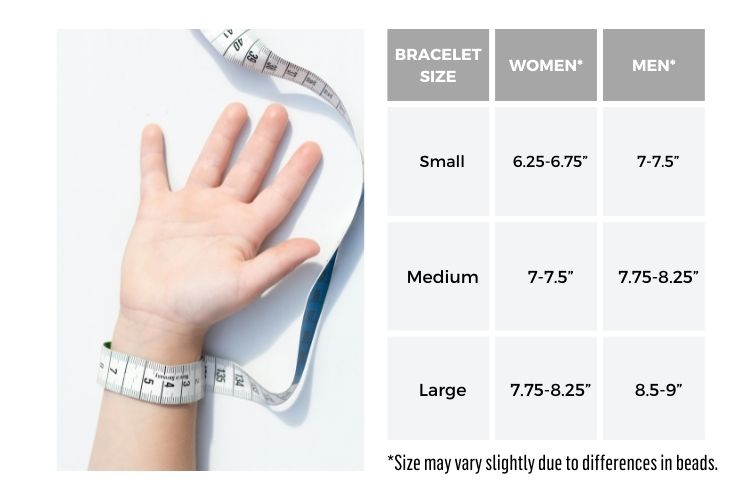Introduction to different types of yoga
There are many different types of physical yoga, and each one offers lots of juicy benefits. While each type of yoga has its own unique postures, breathing exercises, and focus, all share the same goal: to unite mind and body and to achieve a state of inner peace and self-awareness.
If you’re interested in trying yoga, it’s important to find the type that best suits your needs and body. It can be a bit overwhelming to understand the different types of yoga so below is an overview of some of the most popular types of yoga including Hatha, Ashtanga, Iyengar, Vinyasa, Kundalini, and what is now most commonly known as hot yoga.
Hatha yoga
Hatha yoga is one of the most common types of yoga. It has been around for centuries and is known for its many benefits, including improved flexibility, strength, and peace of mind.
It is a slower-paced type of yoga that focuses on breathing and movement and is an effective way to relax and de-stress.
This style of yoga is great for beginners because it teaches you the basic poses and principles of yoga.
Iyengar yoga
Iyengar yoga is a type of yoga that focuses on precision and alignment. It is perfect for people who want to improve their posture and are keen on precision. Iyengar has many benefits including increased strength, flexibility, and balance.
Iyengar yoga is perfect for people of all ages and abilities.
Ashtanga yoga
Ashtanga yoga is a fast-paced form of yoga that is perfect for people who are looking for a challenge. The primary goal of Ashtanga yoga is to achieve physical and mental transformation through the practice of a set sequence.
Ashtanga yoga is a more intense, strenuous type of yoga that involves a set routine of poses that must be followed in order. It is a more vigorous form of yoga that involves synchronised breathing and movement. It is often recommended for people who are looking for a more challenging workout and is sometimes referred to as “power yoga”.
Ashtanga is great for improving strength, flexibility, and stamina.
This type of yoga is not recommended for beginners. It is better to build up to doing Ashtanga.
Vinyasa yoga
Vinyasa yoga is a fast-paced type of yoga that links poses together. This type of yoga is fluid and energy-based, and it allows you to move through poses quickly. It is also known as “flow yoga”.
Vinyasa yoga is recommended for people looking for a more strenuous workout that benefits them by increasing their heart rate and improving their flexibility. It is perfect for people who want to improve their cardiovascular health and get a good workout.
Bikram or hot yoga
Bikram yoga, or hot yoga, as it is now more commonly known, is practiced in a room that is heated to approximately 105 degrees Fahrenheit. There are usually a set number of 26 poses that are done in a set order.
This type of yoga is good for detoxifying your body and improving circulation. It may assist with weight loss.
While there are many benefits to hot yoga, it is important to be careful when doing it. This type of yoga is not recommended for beginners, and it is important to listen to your body while doing it. If you feel lightheaded or overheated, you should stop the class.
(Note, hot yoga is not recommended for people who have health conditions such as high blood pressure or heart problems.)
Kundalini yoga
Kundalini yoga is a type of yoga that focuses on awakening the kundalini energy that is said to be dormant at the base of the spine.
Kundalini yoga is said to have many benefits, including improved mental clarity, increased energy, and a stronger immune system. It can support you in your spiritual journey and help you to connect with your higher self.
This type of yoga can be quite intense and should be practised under the guidance of an experienced teacher.
Yin yoga
Yin yoga is a slower-paced type of yoga that focuses on holding poses for a more extended period of time. This type of yoga is great for stretching and improving flexibility.
Yin yoga was developed by a yoga teacher named Paul Grilley. He was inspired to create a type of yoga that would be more beneficial for people who sit all day long.
This type of yoga is great for most people, regardless of age or fitness level.
If you’re looking for a slower-paced practice that will stretch and improve your flexibility, yin yoga might be a good fit for you.
It is also a great complementary practice for those that like exercises such as running and cycling as it helps counteract the repetitive motions required by those activities and lengthens the muscles.

Goat yoga
Yes, you read right…goat yoga! There are a lot of ‘novelty’ yoga styles popping up and this is one of the newer types of yoga that has become increasingly popular in recent years. It was created by Lainey Morse, who owns a farm in Oregon.
The idea behind goat yoga is to connect with nature and the animals that live on the farm. The goats provide an extra level of support and amusement during the yoga class.
Anyone can do goat yoga, regardless of their fitness level or experience with yoga. The biggest challenge may be staying concentrated with all of the adorable goats around you!
If you’re a yoga traditionalist this one is probably not for you!
What next?
As you can see there are many different types of physical yoga practices, and this is just a sample.
Each one has its own benefits. There are plenty of types of yoga to choose from, so it is important to find the one that’s right for you.
I like to practice a mixture of Hatha, Vinyasa and Yin Yoga as these suit my body best. You are very likely different. Try out the different styles, with different teachers, until you find what resonates with your body and mind.
As with anything in life, be sure to listen to your body. If you feel great after a vigorous Vinyasa class then go for it! But if you’re feeling exhausted or are struggling to keep up or you prefer a slower, more considered pace, maybe try a Hatha or Yin class instead.
So there you have it – a quick introduction to some of the different types of yoga.
Of course, yoga is not just about physical practice. If you want to find out more about yoga on and off the mat check out ‘Yoga Beyond the Mat’ by Alanna Kaivalya or ‘True Yoga’ by Jennie Lee.






